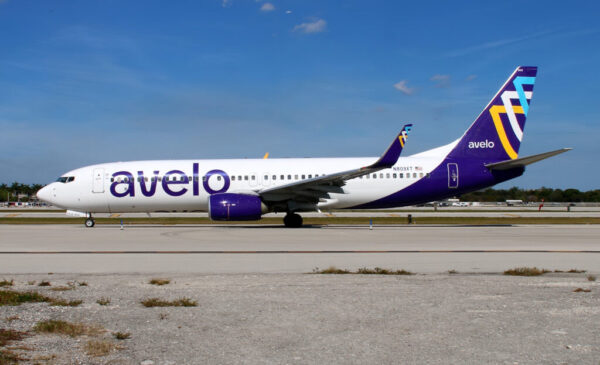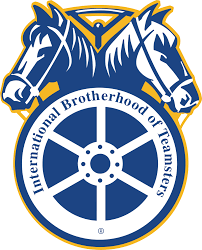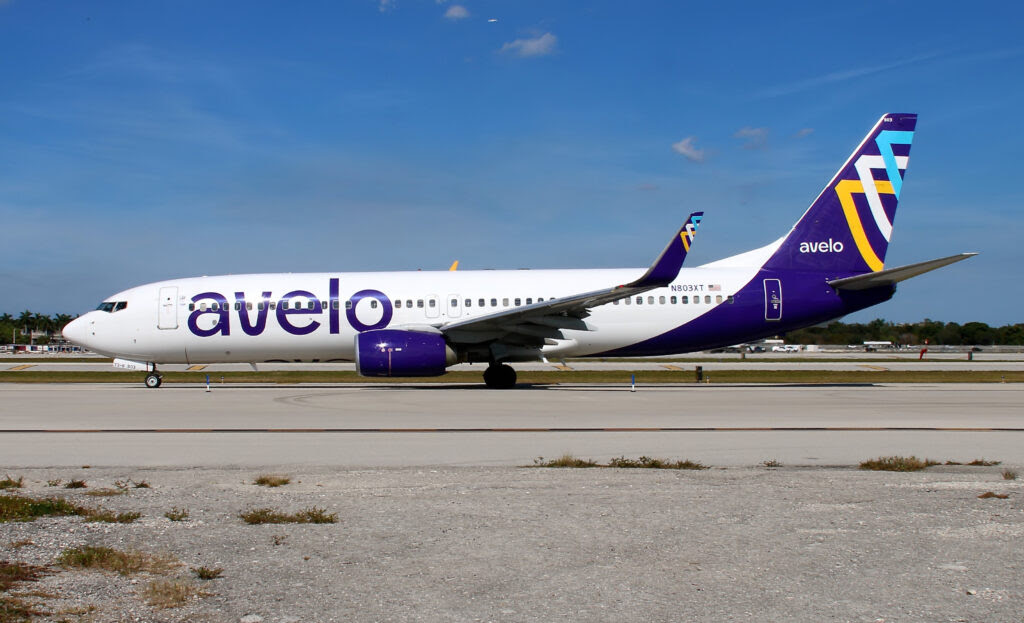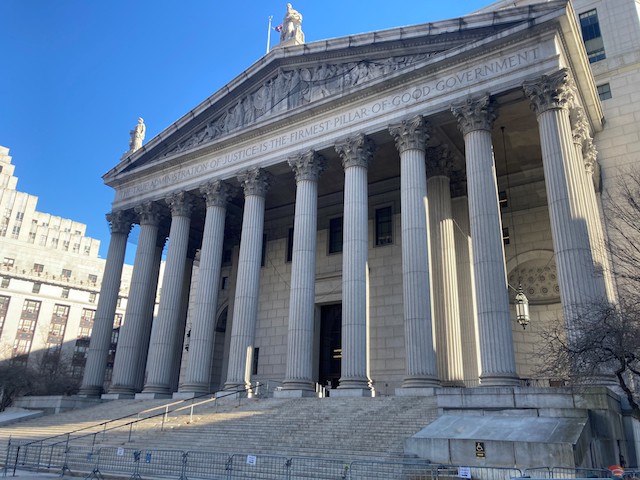New York, NY – The recent union organizing victories of workers at Amazon and Starbucks can show the way for all of labor’s revival. The “bottom up”, members driven organizing model shows that existing unions must rely on the rank and file, especially young workers to survive and grow.
The Amazon and Starbucks, corporate giants employ vastly different numbers of workers at their locations. Amazon in Staten Island won in building eight, where over eight thousand workers are located. Starbucks has won in smaller shops with up to twenty workers (They did lose the election in smaller building five since they were most part time workers).
Both corporations employed similar anti-union tactics, such as anti-union propaganda onslaught, outright lies and fear tactics designed to keep the union out. Workers braved threats and retaliation for speaking up publicly to the media and at rallies about the atrocious working conditions and lack of adequate transportation. Workers were scheduled for shifts based solely on management needs with no consideration for how far workers had to travel or their family and schooling situations. Union leaders and supporters were fired for minor offenses and fabricated charges. Chris Smalls, the President of the Amazon Labor Union was fired after protesting publicly against Amazon’s COVID safety violations.
Despite these obstacles the workers won their union rights. They now face the daunting task of setting up their internal union structures and negotiating their first collective bargaining agreements. Amazon is still challenging the Staten Island vote. But so far, the National Labor Relations Board (NLRB) has ruled in favor of the workers there and at Starbucks. This shows the importance of who is power in Washington.
Both unions were organized by workers inside the job sites. A small number of workers began their internal organizing a few years ago. They shared the same stories about management mistreatment, harassment, and poor working conditions. They both went through the first two years of the COVID pandemic without much in the way of workplace protections. Management’s health and safety violations were numerous. The pay was too low. The health benefits minimal for full timers and non-existent for part timers. Sexual harassment, racism and favoritism was wide-spread and never dealt with by management. These are issues that only an existing employee would know and has the credibility to speak with their co-workers about.
What I found most impressive attending both Amazon rallies on Staten Island was the stories of the young workers about the atrocious working conditions at the work sites. Some speakers had obviously spoken publicly before while other did not. All were very effective. They were the best sellers on the need for public support and labor solidarity.
At Starbucks, the National Service Employees International Union (SEIU) Workers United lent material support and organizers to those workers. Starbucks Workers United organizing committee was formed where workers were taught organizing. But the national union did not interfere with the workers’ making their own decisions. At Amazon, no unions gave such support but some like Unite-HERE and Communications Workers of America (CWA) did allow use of phones for phone banking workers and volunteers and use of their office space.
Strengthening Unions
Organized labor has been losing members for several decades now. According to the AFL-CIO there was a .5% drop in union membership in 2020-21 alone. This drop runs counter to Gallup polling which shows 68% of country and 77% of young people support unions. While some union organizing has been successful these are far and few in between. More unions have seen reductions in members thanks to downsizing, automation, consolidations of businesses and because of right work laws.
Open shops, where a worker doesn’t need to join and support the union to gain the benefits of having a union, increases in anti-union laws and court decisions have eroded union rights have all played a role in lowering union member numbers. The playing field for organizing is slanted to management. The Supreme Court’s Janus Decision was aimed at crippling public employee unions. In some cases, it did so.
Unions deserve some of the blame for the decrease in union density in the U.S. as well. Too often union staff are hired off the shop floor based on favoritism by union leaders interested in maintaining certain privileges. higher pay and power. This is also true of unions that do not elect but instead choose the shop stewards at a worksite. Little training and incentive are given to them by union leaders in workplace organizing. Staff and some shop stewards often see their positions as privileged and so do not take on the fights for members rights in most cases or at least aggressively enough.
Some unions hire organizers and other staff that have not worked in the same workplaces that they have to service. These staff members too often oversee and supervise shop stewards thus stifling initiative. There is a disconnect between them and the workers they represent.
When new workers come into a workplace, they are often just handed union cards to sign with no orientation and education about a union’s history, what it is and what role it plays in helping workers. New members often don’t realize that the benefits they do have come from collective bargaining and union demands. They think it is a “gift” from management or an industry standard. Members then do not understand the importance of paying union dues or in participation in the life of the union. They don’t vote in union elections the same way that they rarely vote in federal. state and local elections.
Members in too many unions do not see the need or importance of taking part in the fight over workplace or collective bargaining. They think it is the decisions of the leadership that will hopefully save the day. This has led to the long era of “giveback bargaining.” No wonder there are members who are dissatisfied with their unions. And it is no wonder that labor unions have been losing ground for decades. Not all unions operate this way, this is just an example of how unions have done wrong and highlighting what should change.
Internal Organizing is Important
Existing unions have an advantage that both Amazon and Starbucks emerging unions don’t have. They have structures and longevity. Either labor leaders must change their modes of operation whereby they make all the decisions for the workers in all matters of internal issues, or they expand democratic principles and ask members to participate by having them involved more in the union’s decision-making process. Members then will feel they have more of a stake in participation and in defending their union. They will not be so quick to fall for the corporate anti-union lies and refuse to join the union or turn in their union cards.
Shop stewards are the key to strengthening unions internally. They are the workplace leaders of union who work alongside their members. They should be constantly educated, organized, and mobilized to handle the everyday issues of the membership and in making sure that all members of the union get a real orientation upon entering the workforce. It is important that the stewards are constantly receiving education and information from the union leadership that they pass on to the membership. It is equally important that they pass on to the leadership the questions, comments, and viewpoints of the members.
Shop stewards can be trained in organizing new union activists and in building an internal structure in every work site. They can locate one good pro-union member in every work area to develop a workplace network for information sharing and mobilization if necessary. One to one personal contact by the stewards and activists is no different than what the Starbucks and Amazon union activists did. This type of organizing succeeds because it is based on familiarity and trust.
The “Bottom up,” membership focused approach has worked for workers at Amazon and Starbucks. It has worked for the rest of labor as well. Organized labor can be revitalized if they follow this blueprint.
Ralph Palladino is a retired 42-year veteran union leader from Clerical Administrative Local 1549 DC 37 AFSCME in New York City. For 21 years he was elected the Local 1549 2nd Vice President overseeing Political Action/Advocacy, Shop Steward Training, Internal Organizing and played a key role in organizing Metro Plus HMO workers into Local 1549.
He has published articles in various publications including the New York Daily News, Staten Island Advance, Asbury Park Press, Los Angeles Free Press, The Coaster, the Mayor of New York’s website, LaborPress, and Labor Notes on issues of politics, racism, immigration, and labor issues. He was editor of the Local 1549 Members in the Know and Shop Stewards in the Know newsletters.







